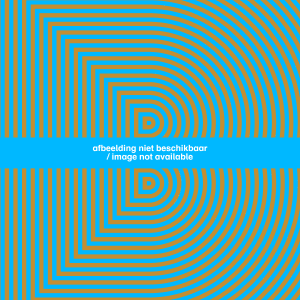‘Ringeloren’ is a traditional decorative technique used by potters. Thin lines of liquid clay are poured onto unfired ceramic objects through a small hole drilled in a cow’s horn. The technique is comparable to decorating a cake.

Specifications
| Title | No title |
|---|---|
| Material and technique | Glazed earthenware with ringeloor technique |
| Object type |
Wandbord
> Wandobject
> Driedimensionaal object
> Kunstvoorwerp
|
| Location | This object is in storage |
| Dimensions |
Diameter Error: 24,3 is not a valid BCD value cm Height 3 cm |
|---|---|
| Artists |
Executor:
Fayencefabriek Amstelhoek
|
| Accession number | V 1638 (KN&V) |
| Credits | Purchased 1968 |
| Department | Applied Arts & Design |
| Acquisition date | 1968 |
| Creation date | in 1900 |
| Internal exhibitions |
Hand Made - Long Live Craft (2013) |
| Material | |
| Object | |
| Technique |
Ringeloren
> Decorative techniques
> Ceramic technique
> Technique
> Material and technique
|
| Geographical origin | The Netherlands > Western Europe > Europe |
| Place of manufacture | Amsterdam > North Holland > The Netherlands > Western Europe > Europe |
























